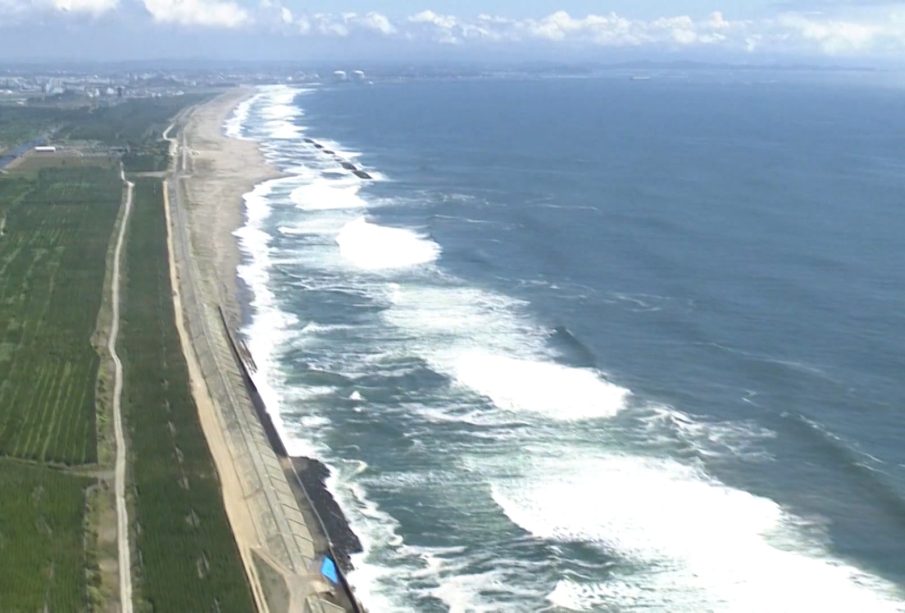The Growing Concern of Tsunamis and How to Prepare

Introduction
Tsunamis are one of the most devastating natural disasters, capable of causing widespread destruction and loss of life. Understanding the risks associated with tsunamis is crucial, especially for coastal communities where the potential for these massive waves is highest. Recent events, including significant seismic activity across the globe, have raised awareness about the importance of tsunami preparedness and the urgent need for effective response strategies.
Recent Events and Risks
In early October 2023, a powerful undersea earthquake measuring 7.1 magnitude struck near the eastern coast of Japan, triggering a tsunami alert across the Pacific Rim. Fortunately, effective early warning systems were able to notify residents in time, allowing for prompt evacuations and minimizing casualties. Such occurrences remind us that tsunamis often follow major seismic events, and while not every quake results in a tsunami, the potential for such disasters necessitates heightened vigilance.
Global climate change is also contributing to the increased risks associated with tsunamis. Rising sea levels and more intense weather patterns can exacerbate the impact of tsunami waves, thereby threatening coastal infrastructures. Furthermore, ongoing geological studies have indicated that fault lines traditionally considered stable may become active, heightening the likelihood of future tsunamis.
Preparedness and Community Action
To mitigate the risks, communities must invest in tsunami preparedness. Educational programs are vital for informing local populations about tsunami risks, evacuation routes, and emergency kits. In 2023, various nations have implemented additional training programs for emergency services and public safety officials, equipping them to respond swiftly and effectively in the event of a tsunami.
Moreover, advancements in technology, such as real-time monitoring systems and mobile alert notifications, have significantly improved tsunami detection capabilities. The global community is also working together to enhance international cooperation in sharing data about seismic activity, which is essential for creating a comprehensive tsunami response strategy.
Conclusion
Tsunamis represent a formidable natural threat, and the importance of understanding and preparing for these events cannot be understated. As seismic activity continues to remind us of nature’s unpredictability, communities along coastlines must stay vigilant and informed. The ongoing development of monitoring technologies, educational programs, and international collaborations offers hope for better preparedness and resilience against future tsunamis. Ensuring that residents are well-informed can make all the difference in safeguarding lives and property in the face of such a powerful natural force.







